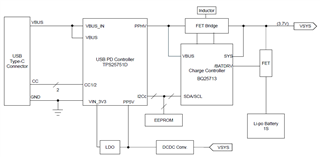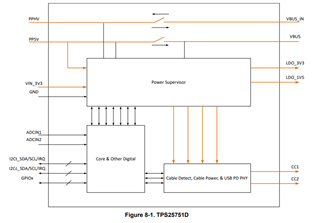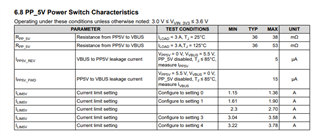Other Parts Discussed in Thread: BQ25713B, BQ25792, TPS25751, BQ25713, TPS25730, BQ25731
Please tell me about the compatibility of TPS25750 and BQ25713B.
When I referred to the product information for TPS25750, I was advised to consider BQ25792 as the battery charger IC to be combined with it.
I was considering using BQ25713B for the project I am developing, but does this mean that BQ25713B is not suitable?
I am concerned about the product information, so please let me know about the compatibility of the above.





